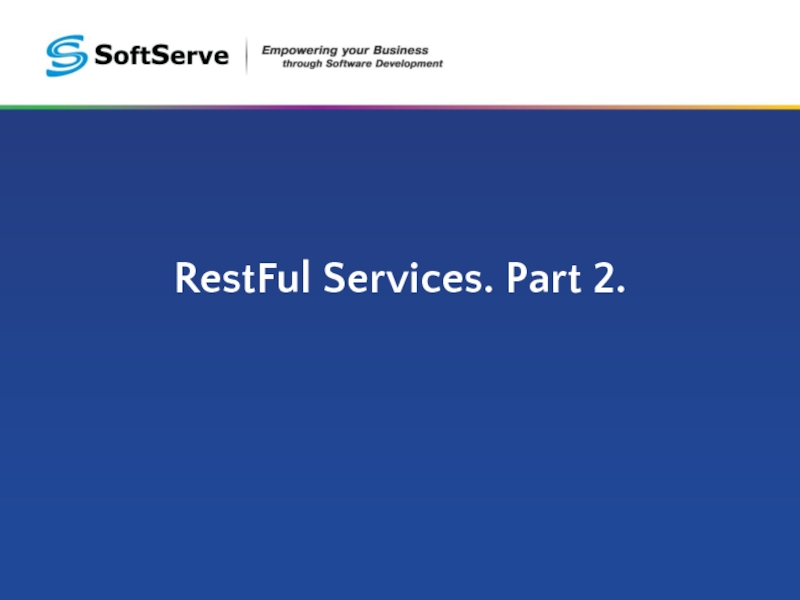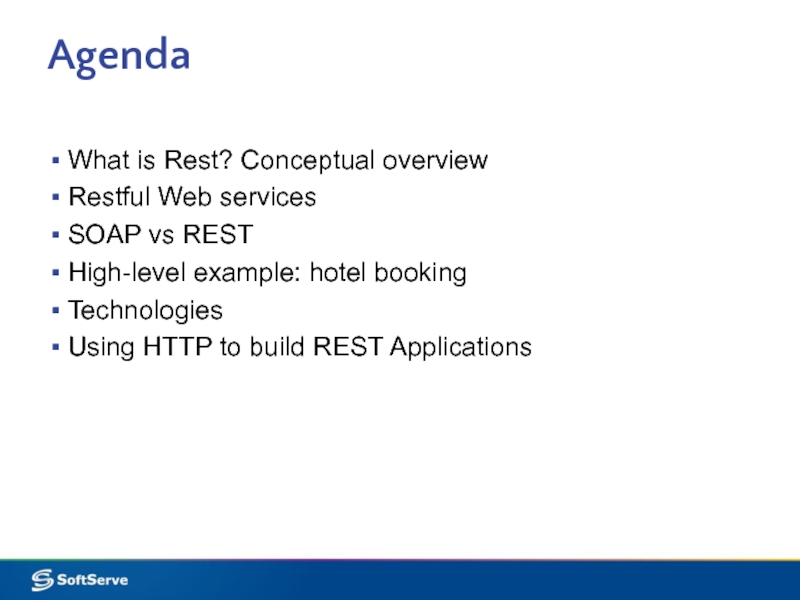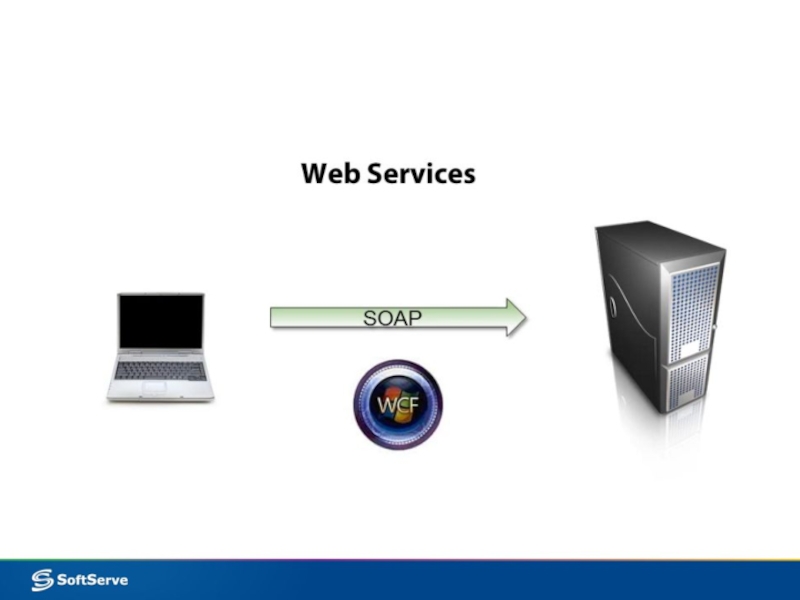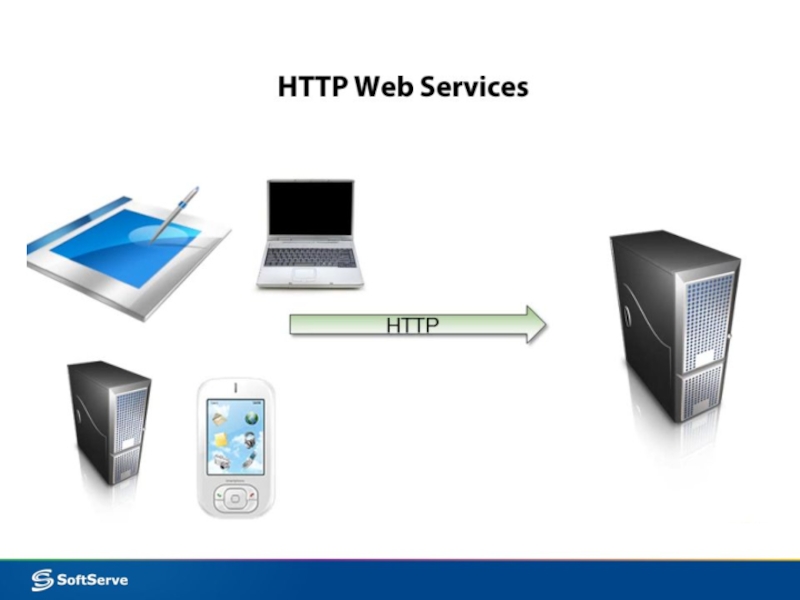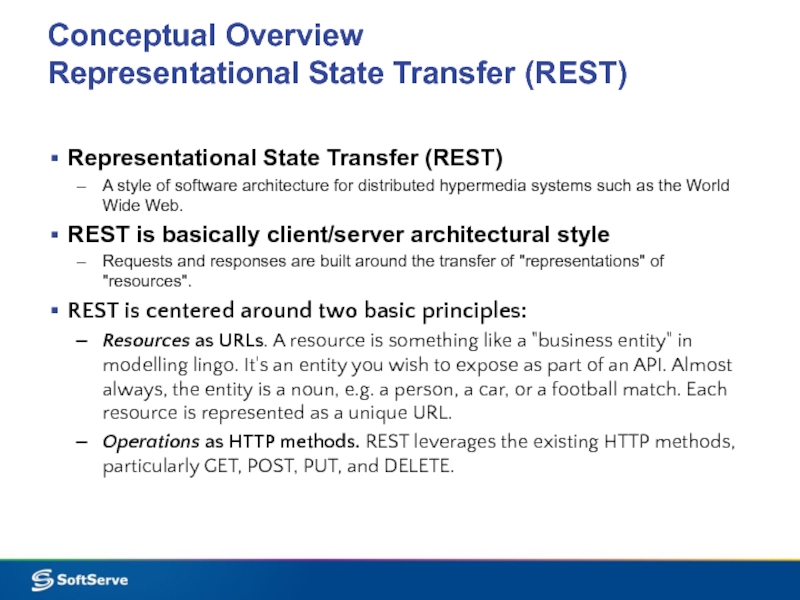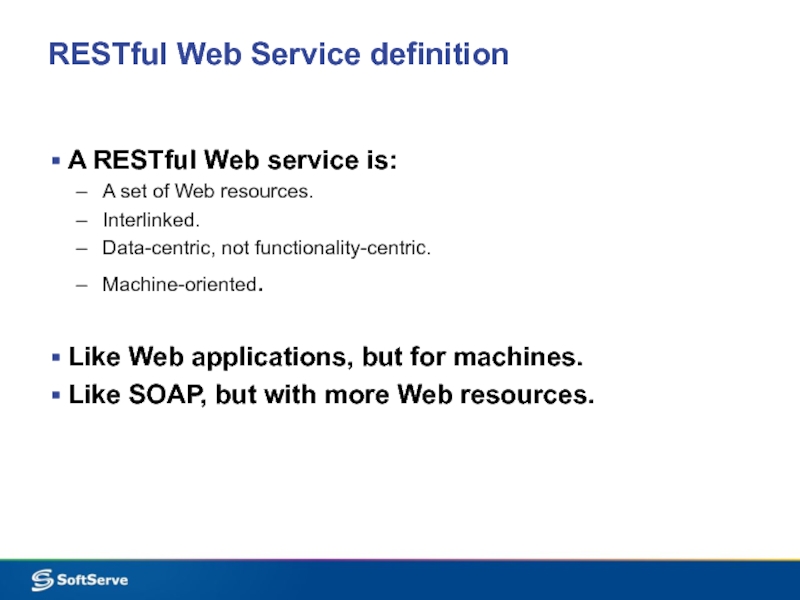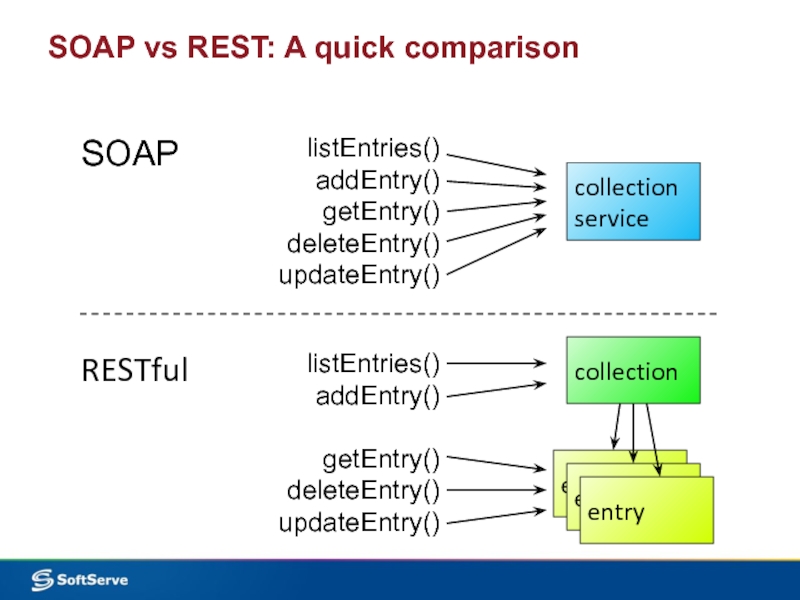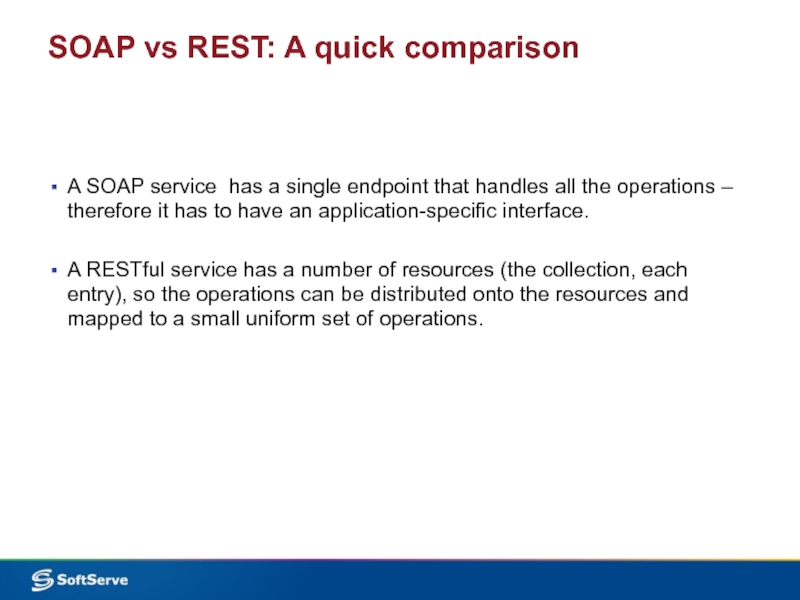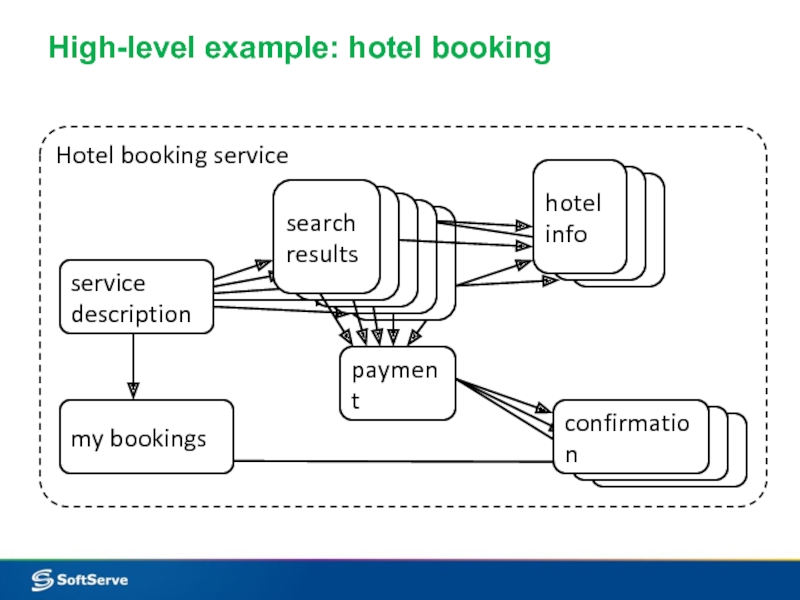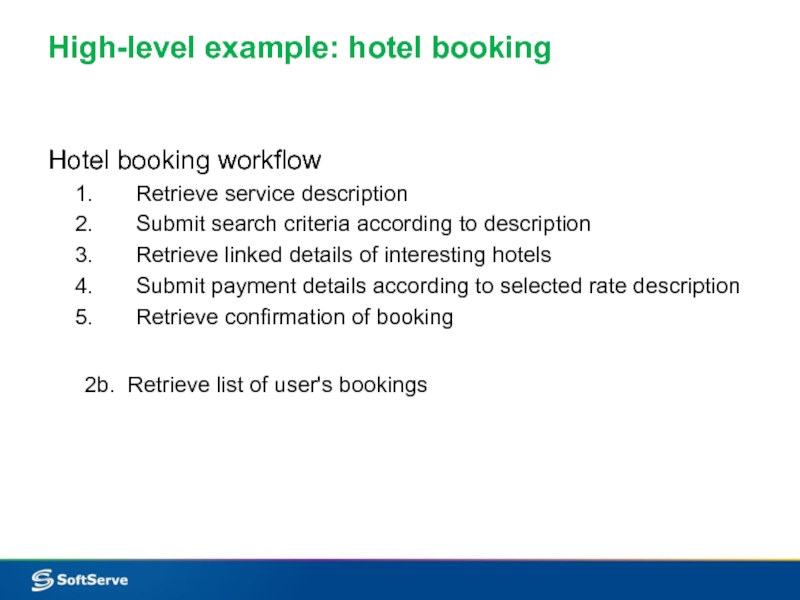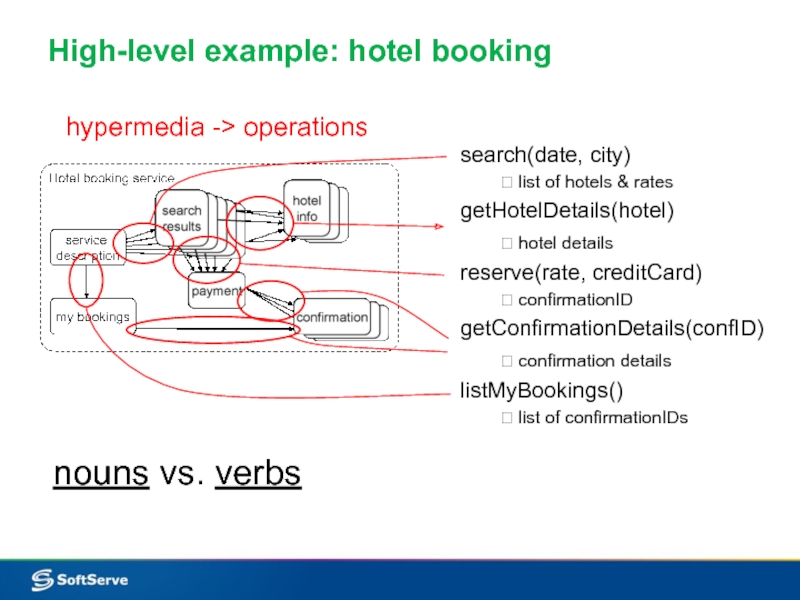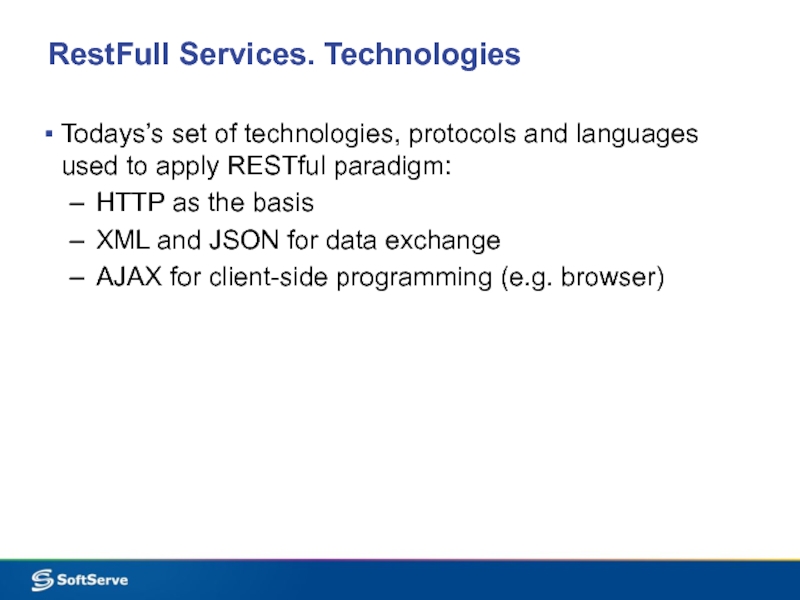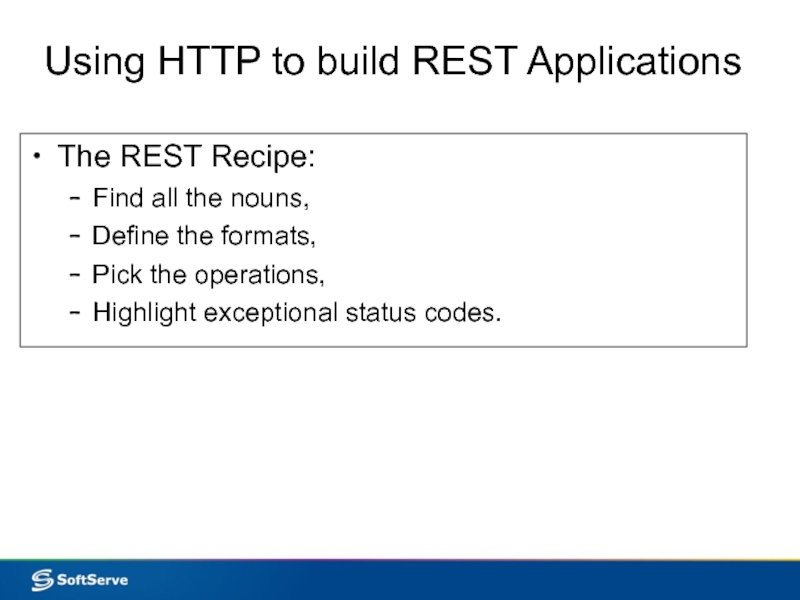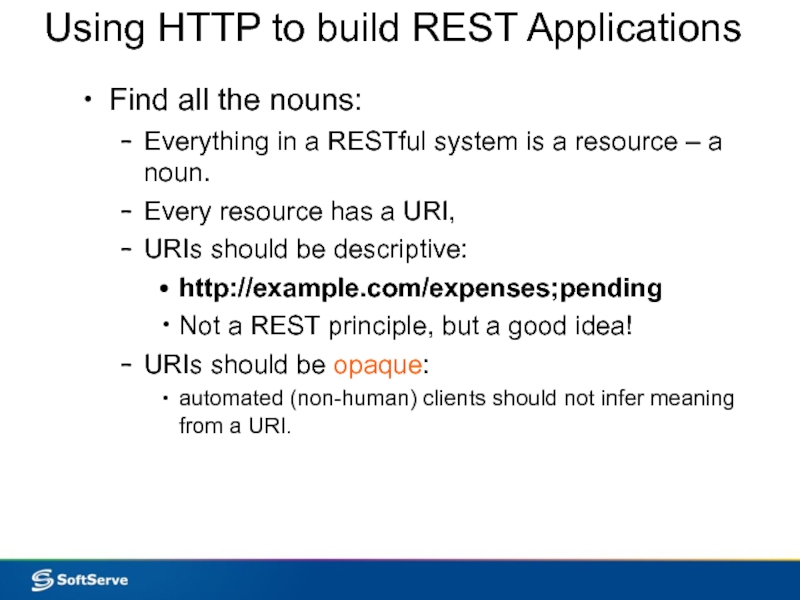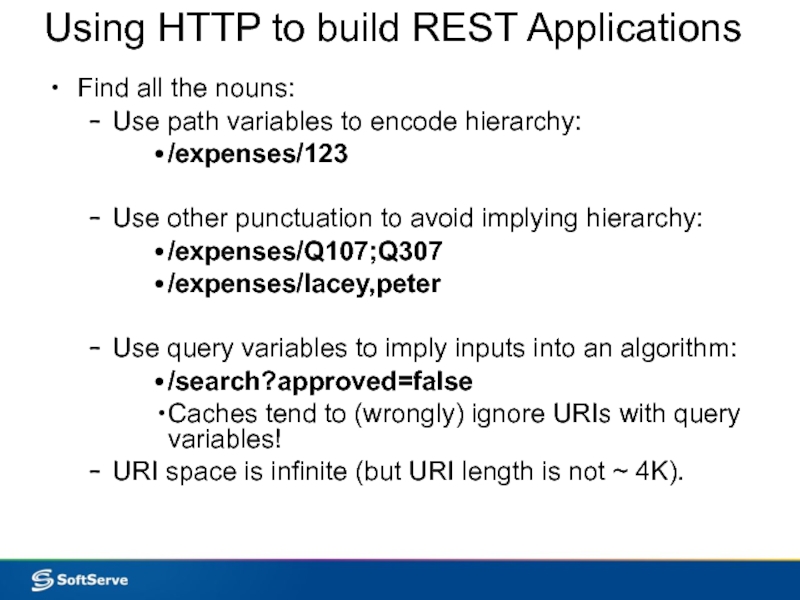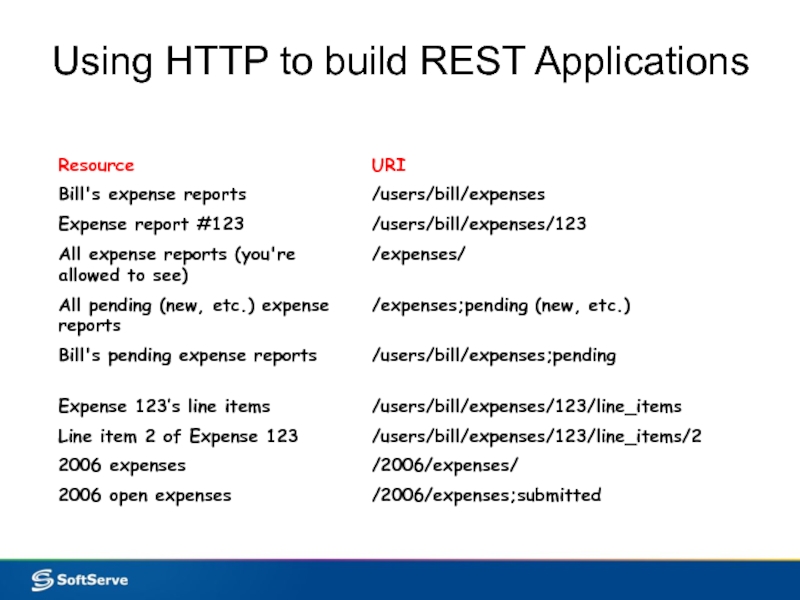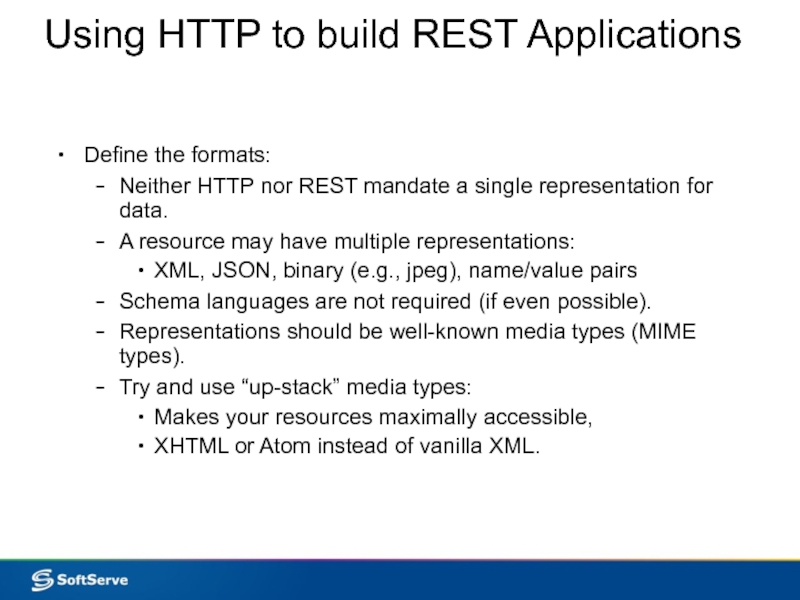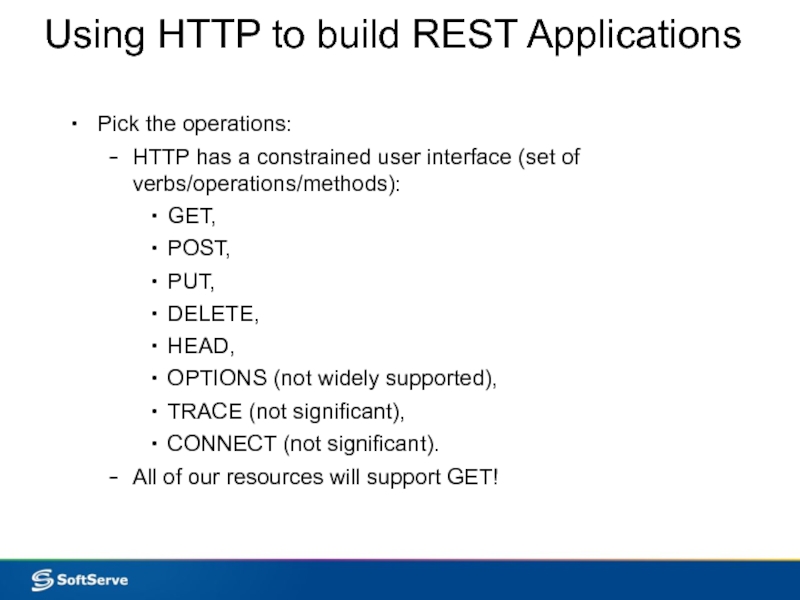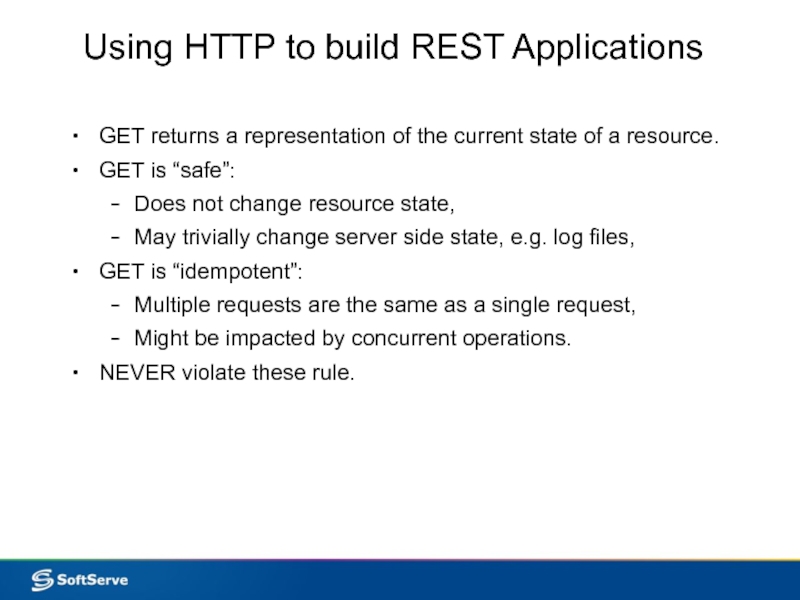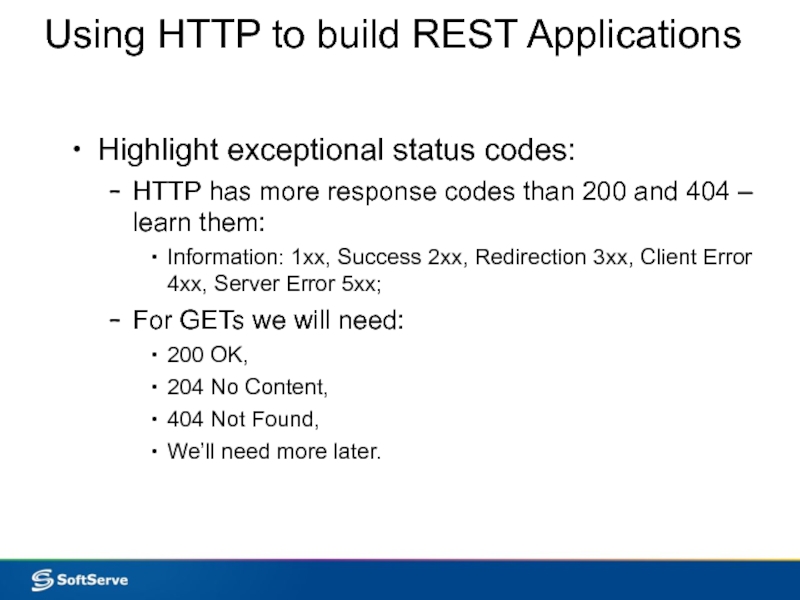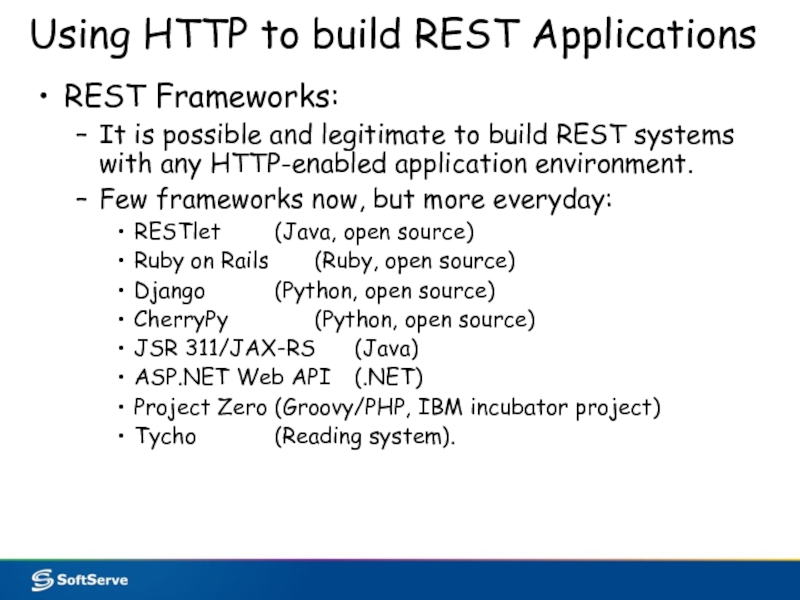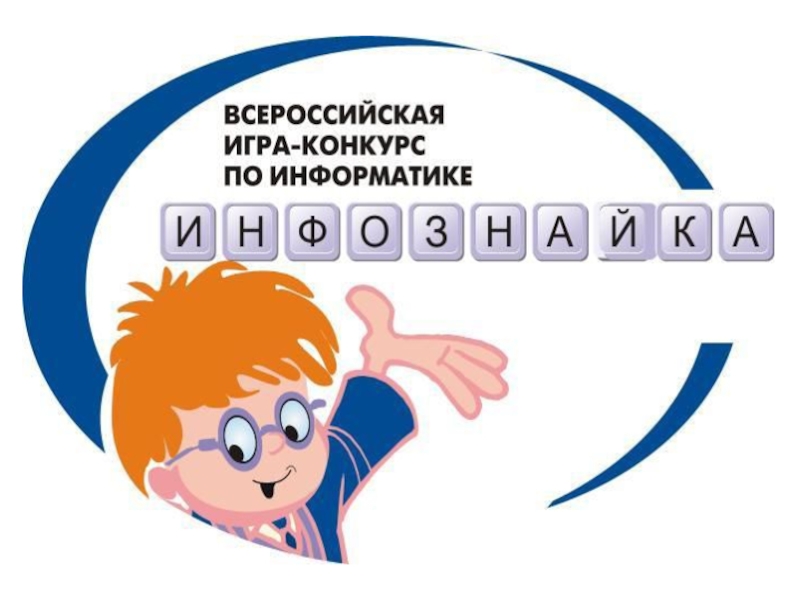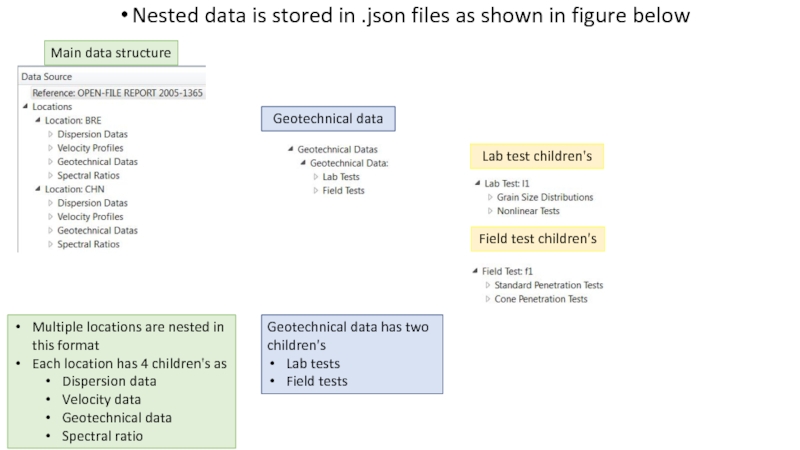- Главная
- Разное
- Дизайн
- Бизнес и предпринимательство
- Аналитика
- Образование
- Развлечения
- Красота и здоровье
- Финансы
- Государство
- Путешествия
- Спорт
- Недвижимость
- Армия
- Графика
- Культурология
- Еда и кулинария
- Лингвистика
- Английский язык
- Астрономия
- Алгебра
- Биология
- География
- Детские презентации
- Информатика
- История
- Литература
- Маркетинг
- Математика
- Медицина
- Менеджмент
- Музыка
- МХК
- Немецкий язык
- ОБЖ
- Обществознание
- Окружающий мир
- Педагогика
- Русский язык
- Технология
- Физика
- Философия
- Химия
- Шаблоны, картинки для презентаций
- Экология
- Экономика
- Юриспруденция
RestFul Services. Part 2 презентация
Содержание
- 1. RestFul Services. Part 2
- 2. Agenda What is Rest? Conceptual overview Restful
- 5. Conceptual Overview Representational State Transfer (REST) Representational
- 6. RESTful Web Service definition A RESTful Web
- 7. SOAP collection service collection entry
- 8. A SOAP service has a single
- 9. High-level example: hotel booking
- 10. Hotel booking workflow Retrieve service description Submit
- 11. search(date, city) ? list of hotels &
- 12. RestFull Services. Technologies Todays’s set of technologies,
- 13. Using HTTP to build REST Applications The
- 14. Using HTTP to build REST Applications Find
- 15. Using HTTP to build REST Applications Find
- 16. Using HTTP to build REST Applications
- 17. Using HTTP to build REST Applications Define
- 18. Using HTTP to build REST Applications Pick
- 19. Using HTTP to build REST Applications GET
- 20. Using HTTP to build REST Applications Highlight
- 21. Using HTTP to build REST Applications REST
Слайд 2Agenda
What is Rest? Conceptual overview
Restful Web services
SOAP vs REST
High-level example: hotel
booking
Technologies
Using HTTP to build REST Applications
Technologies
Using HTTP to build REST Applications
Слайд 5Conceptual Overview
Representational State Transfer (REST)
Representational State Transfer (REST)
A style of software
architecture for distributed hypermedia systems such as the World Wide Web.
REST is basically client/server architectural style
Requests and responses are built around the transfer of "representations" of "resources".
REST is centered around two basic principles:
Resources as URLs. A resource is something like a "business entity" in modelling lingo. It's an entity you wish to expose as part of an API. Almost always, the entity is a noun, e.g. a person, a car, or a football match. Each resource is represented as a unique URL.
Operations as HTTP methods. REST leverages the existing HTTP methods, particularly GET, POST, PUT, and DELETE.
REST is basically client/server architectural style
Requests and responses are built around the transfer of "representations" of "resources".
REST is centered around two basic principles:
Resources as URLs. A resource is something like a "business entity" in modelling lingo. It's an entity you wish to expose as part of an API. Almost always, the entity is a noun, e.g. a person, a car, or a football match. Each resource is represented as a unique URL.
Operations as HTTP methods. REST leverages the existing HTTP methods, particularly GET, POST, PUT, and DELETE.
Слайд 6RESTful Web Service definition
A RESTful Web service is:
A set of Web
resources.
Interlinked.
Data-centric, not functionality-centric.
Machine-oriented.
Like Web applications, but for machines.
Like SOAP, but with more Web resources.
Interlinked.
Data-centric, not functionality-centric.
Machine-oriented.
Like Web applications, but for machines.
Like SOAP, but with more Web resources.
Слайд 7
SOAP
collection
service
collection
entry
entry
entry
listEntries()
addEntry()
getEntry()
deleteEntry()
updateEntry()
listEntries()
addEntry()
getEntry()
deleteEntry()
updateEntry()
RESTful
SOAP vs REST: A quick comparison
Слайд 8
A SOAP service has a single endpoint that handles all the
operations – therefore it has to have an application-specific interface.
A RESTful service has a number of resources (the collection, each entry), so the operations can be distributed onto the resources and mapped to a small uniform set of operations.
A RESTful service has a number of resources (the collection, each entry), so the operations can be distributed onto the resources and mapped to a small uniform set of operations.
SOAP vs REST: A quick comparison
Слайд 10Hotel booking workflow
Retrieve service description
Submit search criteria according to description
Retrieve linked
details of interesting hotels
Submit payment details according to selected rate description
Retrieve confirmation of booking
2b. Retrieve list of user's bookings
Submit payment details according to selected rate description
Retrieve confirmation of booking
2b. Retrieve list of user's bookings
High-level example: hotel booking
Слайд 11search(date, city)
? list of hotels & rates
getHotelDetails(hotel)
? hotel details
reserve(rate, creditCard)
? confirmationID
getConfirmationDetails(confID)
?
confirmation details
listMyBookings()
? list of confirmationIDs
listMyBookings()
? list of confirmationIDs
nouns vs. verbs
hypermedia -> operations
High-level example: hotel booking
Слайд 12RestFull Services. Technologies
Todays’s set of technologies, protocols and languages used to
apply RESTful paradigm:
HTTP as the basis
XML and JSON for data exchange
AJAX for client-side programming (e.g. browser)
HTTP as the basis
XML and JSON for data exchange
AJAX for client-side programming (e.g. browser)
Слайд 13Using HTTP to build REST Applications
The REST Recipe:
Find all the nouns,
Define
the formats,
Pick the operations,
Highlight exceptional status codes.
Pick the operations,
Highlight exceptional status codes.
Слайд 14Using HTTP to build REST Applications
Find all the nouns:
Everything in a
RESTful system is a resource – a noun.
Every resource has a URI,
URIs should be descriptive:
http://example.com/expenses;pending
Not a REST principle, but a good idea!
URIs should be opaque:
automated (non-human) clients should not infer meaning from a URI.
Every resource has a URI,
URIs should be descriptive:
http://example.com/expenses;pending
Not a REST principle, but a good idea!
URIs should be opaque:
automated (non-human) clients should not infer meaning from a URI.
Слайд 15Using HTTP to build REST Applications
Find all the nouns:
Use path variables
to encode hierarchy:
/expenses/123
Use other punctuation to avoid implying hierarchy:
/expenses/Q107;Q307
/expenses/lacey,peter
Use query variables to imply inputs into an algorithm:
/search?approved=false
Caches tend to (wrongly) ignore URIs with query variables!
URI space is infinite (but URI length is not ~ 4K).
/expenses/123
Use other punctuation to avoid implying hierarchy:
/expenses/Q107;Q307
/expenses/lacey,peter
Use query variables to imply inputs into an algorithm:
/search?approved=false
Caches tend to (wrongly) ignore URIs with query variables!
URI space is infinite (but URI length is not ~ 4K).
Слайд 17Using HTTP to build REST Applications
Define the formats:
Neither HTTP nor REST
mandate a single representation for data.
A resource may have multiple representations:
XML, JSON, binary (e.g., jpeg), name/value pairs
Schema languages are not required (if even possible).
Representations should be well-known media types (MIME types).
Try and use “up-stack” media types:
Makes your resources maximally accessible,
XHTML or Atom instead of vanilla XML.
A resource may have multiple representations:
XML, JSON, binary (e.g., jpeg), name/value pairs
Schema languages are not required (if even possible).
Representations should be well-known media types (MIME types).
Try and use “up-stack” media types:
Makes your resources maximally accessible,
XHTML or Atom instead of vanilla XML.
Слайд 18Using HTTP to build REST Applications
Pick the operations:
HTTP has a constrained
user interface (set of verbs/operations/methods):
GET,
POST,
PUT,
DELETE,
HEAD,
OPTIONS (not widely supported),
TRACE (not significant),
CONNECT (not significant).
All of our resources will support GET!
GET,
POST,
PUT,
DELETE,
HEAD,
OPTIONS (not widely supported),
TRACE (not significant),
CONNECT (not significant).
All of our resources will support GET!
Слайд 19Using HTTP to build REST Applications
GET returns a representation of the
current state of a resource.
GET is “safe”:
Does not change resource state,
May trivially change server side state, e.g. log files,
GET is “idempotent”:
Multiple requests are the same as a single request,
Might be impacted by concurrent operations.
NEVER violate these rule.
GET is “safe”:
Does not change resource state,
May trivially change server side state, e.g. log files,
GET is “idempotent”:
Multiple requests are the same as a single request,
Might be impacted by concurrent operations.
NEVER violate these rule.
Слайд 20Using HTTP to build REST Applications
Highlight exceptional status codes:
HTTP has more
response codes than 200 and 404 – learn them:
Information: 1xx, Success 2xx, Redirection 3xx, Client Error 4xx, Server Error 5xx;
For GETs we will need:
200 OK,
204 No Content,
404 Not Found,
We’ll need more later.
Information: 1xx, Success 2xx, Redirection 3xx, Client Error 4xx, Server Error 5xx;
For GETs we will need:
200 OK,
204 No Content,
404 Not Found,
We’ll need more later.
Слайд 21Using HTTP to build REST Applications
REST Frameworks:
It is possible and legitimate
to build REST systems with any HTTP-enabled application environment.
Few frameworks now, but more everyday:
RESTlet (Java, open source)
Ruby on Rails (Ruby, open source)
Django (Python, open source)
CherryPy (Python, open source)
JSR 311/JAX-RS (Java)
ASP.NET Web API (.NET)
Project Zero (Groovy/PHP, IBM incubator project)
Tycho (Reading system).
Few frameworks now, but more everyday:
RESTlet (Java, open source)
Ruby on Rails (Ruby, open source)
Django (Python, open source)
CherryPy (Python, open source)
JSR 311/JAX-RS (Java)
ASP.NET Web API (.NET)
Project Zero (Groovy/PHP, IBM incubator project)
Tycho (Reading system).
